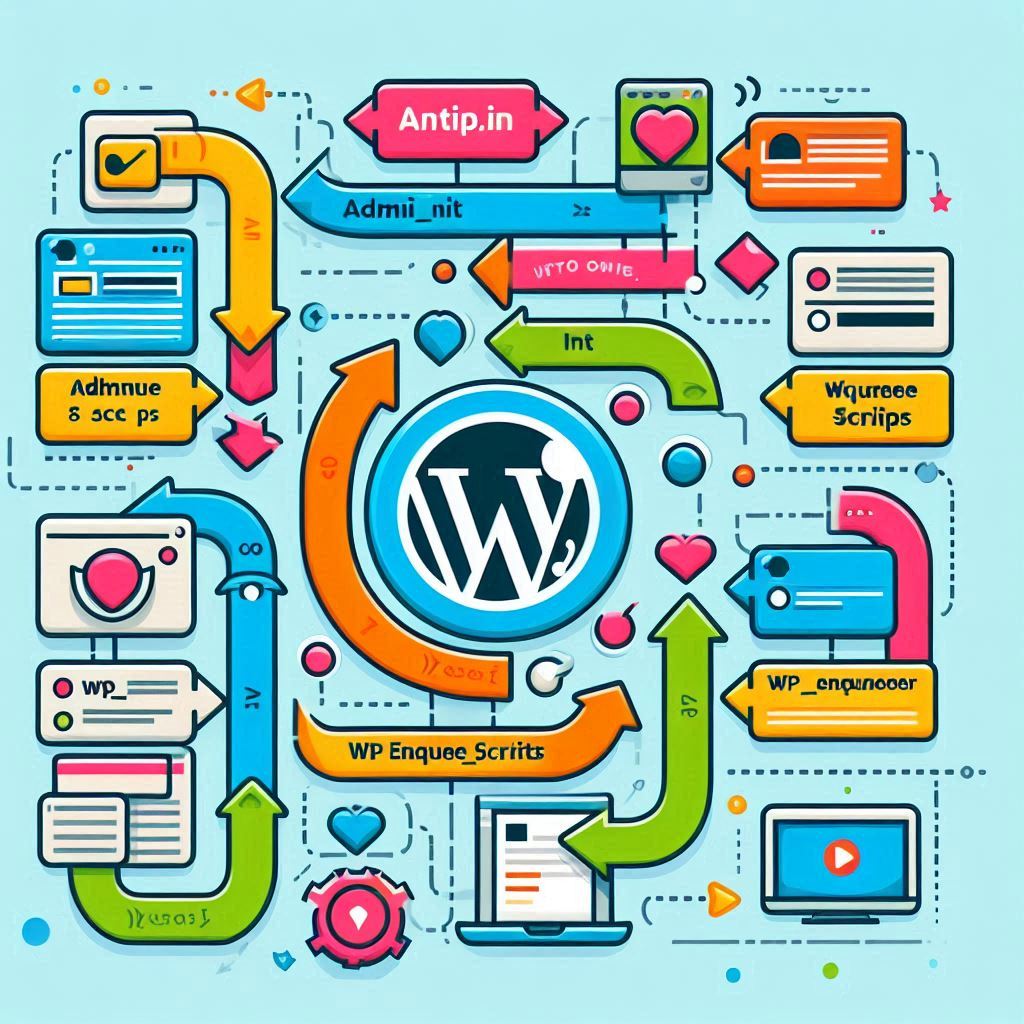Understanding the WordPress action lifecycle is essential for developing robust and efficient themes and plugins. WordPress provides numerous action hooks at different stages of the request lifecycle, allowing developers to tap into specific points of execution. Here’s an overview of some of the key actions in the WordPress lifecycle, listed in the order they are typically executed:
1. muplugins_loaded
This action is fired once all must-use plugins have been loaded. Must-use plugins are those placed in the wp-content/mu-plugins directory and are automatically enabled.
2. plugins_loaded
This action is fired once all active plugins have been loaded. It’s a good place to execute code that depends on plugins being available.
3. after_setup_theme
This action is fired once the theme is initialized. It’s typically used for setting up theme supports, registering navigation menus, and other theme-specific setup tasks.
4. init
This action is fired after WordPress has finished loading but before any headers are sent. It’s an ideal place for initializing code, registering custom post types or taxonomies, and other setup tasks that need to be completed early.
5. wp_loaded
This action is fired once WordPress, all plugins, and the theme are fully loaded. It’s used for tasks that need to run after everything else is set up.
6. template_redirect
This action is fired before determining which template to load. It’s commonly used for handling redirects before the content is displayed.
7. wp_enqueue_scripts
This action is fired to enqueue scripts and styles for the front end. It ensures that your styles and scripts are included properly and only when needed.
8. wp_head
This action is fired within the <head> section of the theme. It’s a place to include meta tags, links, and other elements that need to be in the head section.
9. wp_body_open
This action is fired at the beginning of the <body> tag. It’s useful for adding elements that need to be at the very start of the body, such as tracking scripts.
10. wp_footer
This action is fired before the closing </body> tag. It’s commonly used to include scripts that should load after the content, like analytics or chat widgets.
11. shutdown
This action is fired after the response is sent to the browser. It’s used for cleanup tasks that need to occur after everything else has finished.
By understanding and utilising these key action hooks, developers can create themes and plugins that integrate seamlessly with WordPress, ensuring efficient and organised code execution. Each hook provides a specific point in the WordPress lifecycle to insert custom functionality, making it a powerful tool for any WordPress developer.
